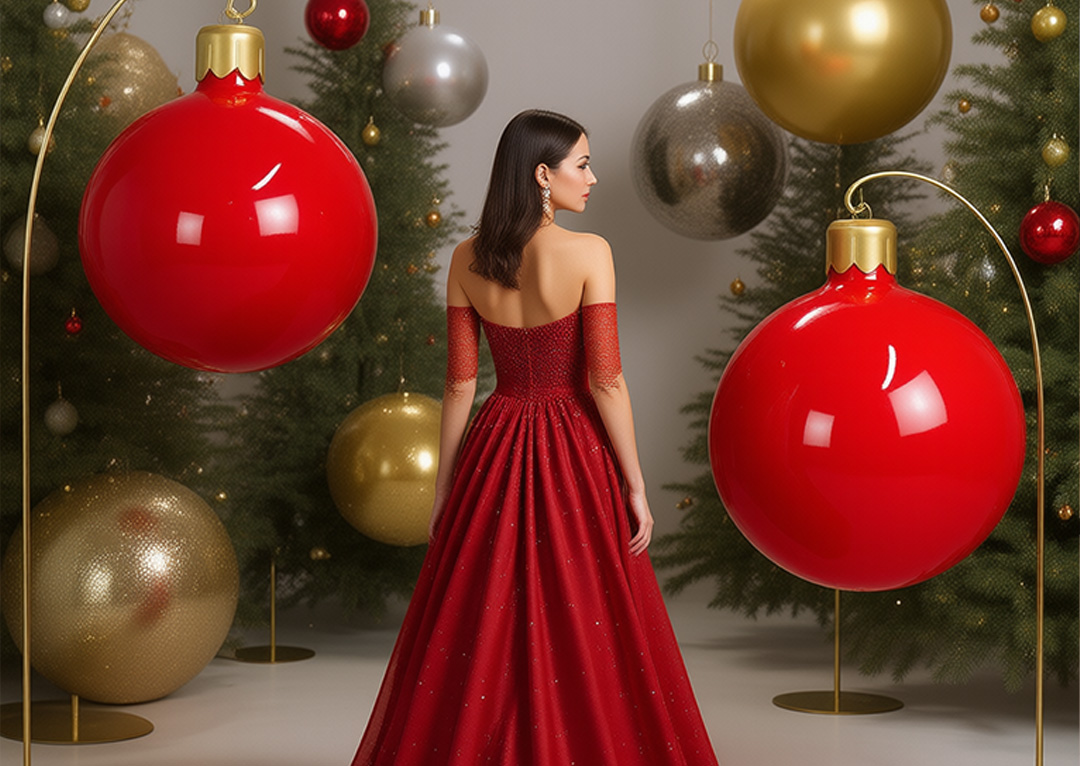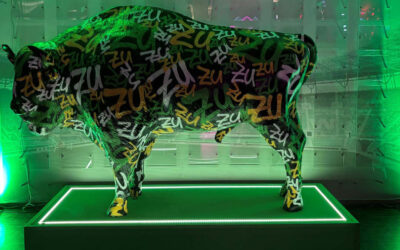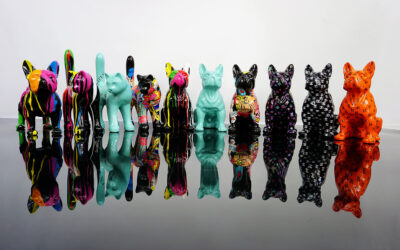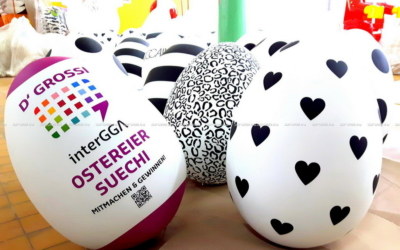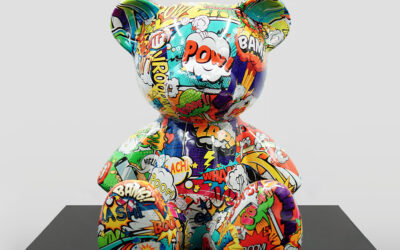Why are we writing about this?
December is when space stops being just a backdrop—it starts playing the leading role in creating the holiday atmosphere. That’s why large Christmas figures are now one of the most effective tools for people responsible for marketing, design, and placemaking. A well-designed figure can capture attention in seconds, spark emotion, and invite interaction.
- why large figures work better than classic decorations,
- where they perform best,
- which forms are the most engaging today,
- how to use them strategically in commercial or urban spaces.

What are large Christmas figures?
They’re not oversized tree ornaments but fully fledged scenographic elements that:
- are visible from a long distance,
- engage emotionally and visually,
- encourage interaction (e.g., photos),
- support consistent holiday communication and branding.
Examples: a 3-meter bear with a gift, an illuminated snowman in a hotel lobby, elves climbing a mall façade, giant gingerbreads in a town square, life-size reindeer at a restaurant entrance.
Where should you use large Christmas figures?
- Shopping malls – increase footfall, extend dwell time, and become a backdrop for photos and stories that organically boost reach.
- Cities and public spaces – strengthen place identity, attract visitors, and build community around events and markets.
- Hotels, restaurants, cafés – sell atmosphere and create a mood that drives guest loyalty and positive emotions.
Which figures attract the most attention?
- XXL bears – with scarf, gift, LED lighting.
- Santa Claus – classic, retro, or minimalist.
- Reindeer and sleighs – often as stage sets.
- Snowmen and gingerbreads – warm, family-friendly, photogenic.
- Baubles, gifts, candy canes in XXL format.
- Deer in natural proportions – elegant and visually neutral.
Why do Christmas figures work in marketing?
- They’re physical and real—people can experience the space, not just look at it.
- They extend time spent on site—increasing chances for purchase, interaction, or return.
- They generate authentic user-created content—photos, stories, posts that live their own life online.
- They boost recognition—people remember places through emotions and images.
How to plan the implementation step by step
- Define the goal and character. Is it about increasing visits, creating a photo spot, or building a sense of luxury?
- Choose a style. Modern, rustic, glamour, fairy-tale—a cohesive aesthetic is key.
- Consider scale and context. The figure must dominate but not overwhelm the surroundings.
- Ensure durability and safety. Weather-resistant materials, stable structures, certifications.
- Plan placement. A central point draws attention; smaller elements can guide visitors along a natural path.
Common mistakes to avoid
- Too small a scale in a large space—the decoration loses impact.
- Lack of a scenic concept—random placement creates chaos.
- Poor material choices—lead to quick wear or loss of aesthetics.
- Mismatch with surroundings—the figure should complement, not compete with, the space.
What to remember
- Large Christmas figures are an investment in emotion, experience, and visibility.
- Scale and composition matter more than the number of decorations.
- The style should align with the architecture and identity of the place.
- They’re a communication tool—connecting marketing, design, and spatial art.
Summary
Large-scale holiday figures are no longer just decoration; they’re part of a strategic approach to space. Their role goes beyond visuals—they become meeting points, photo backdrops, carriers of emotions, and symbols of a place’s atmosphere. A well-designed figure not only catches the eye—it can make people stay longer, create memories, and foster positive brand associations.
In the age of social media, it’s precisely those elements that “live in the frame” that generate the greatest organic reach. That’s why it’s worth seeing figures not as ornaments, but as an investment in the visitor experience. Properly selected and contextually placed, they can transform a location for weeks—making it more human, emotional, and photogenic.
That’s where their strength lies: in the ability to combine aesthetics, emotion, and strategy. And when all these elements work together, the space stops being just a backdrop. It becomes a stage.

